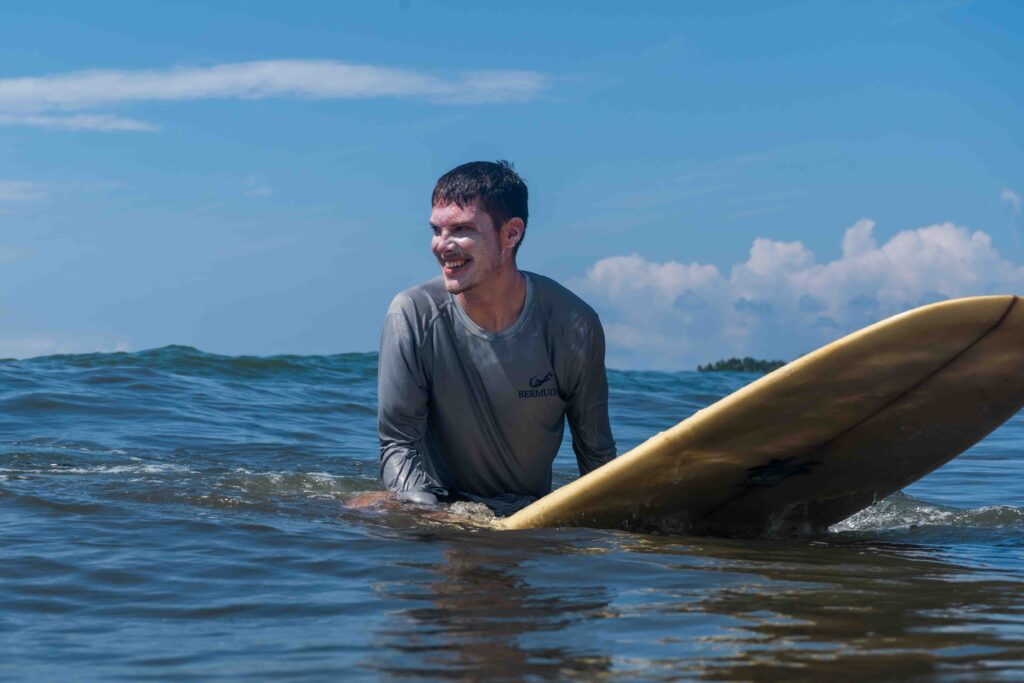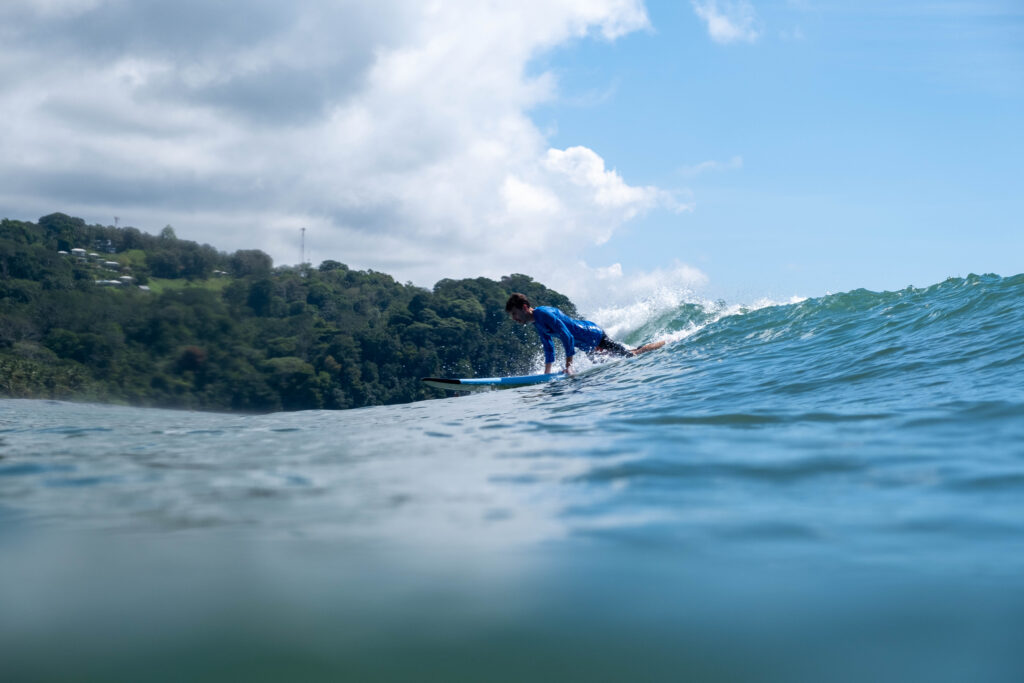Let’s face it, surfing is an intimidating pursuit. In surfing, unlike most other sports, the playing field is constantly shifting. There are no consistent boundaries, and all the rules are unwritten. What is more, surfing takes place in the ocean, an intimidating and powerful place far outside of most people’s comfort zone.
In order to excel in surfing, you must first spend hours upon hours simply observing and really getting to know the ocean in all its fickleness. So if you are someone who hasn’t spent a whole lot of time at the coast, or you have had a previous negative experience in the ocean, then you may have particular fears and/or misconceptions about the ocean that, if left unaddressed, may limit your ability to effectively learn how to surf.
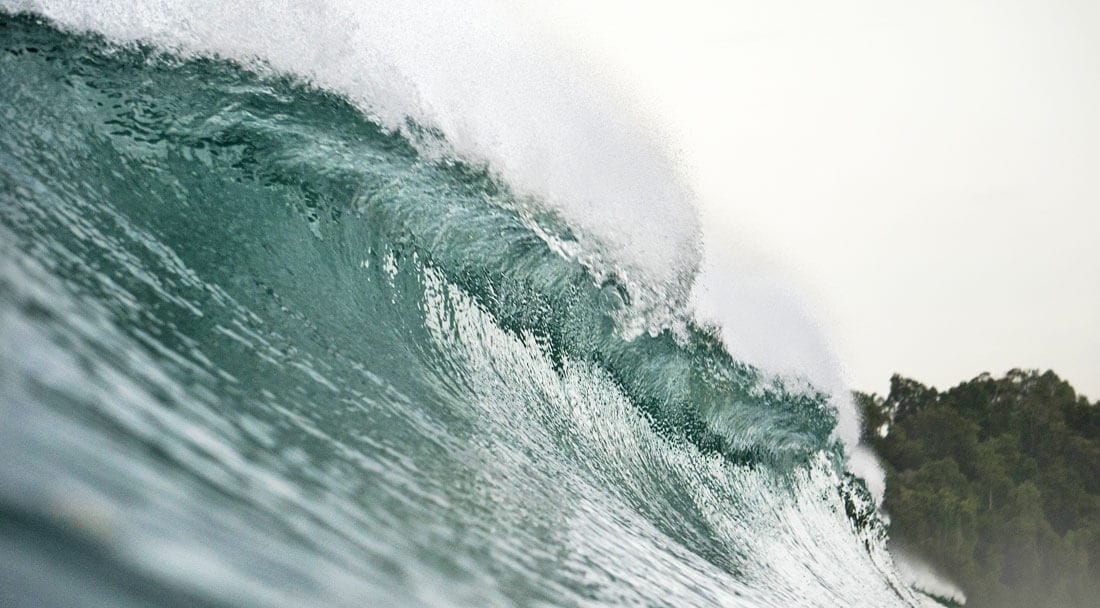
Overcoming fear of the ocean: A guide for beginner surfers
Let’s start with a list of the top five ocean fears that beginner surfers might have:
- Deep water
- Big waves
- Rip currents
- Marine life
- Rocks and coral reef
Now let’s dissect each fear or concern one by one, and offer solutions and advice for how to overcome them.
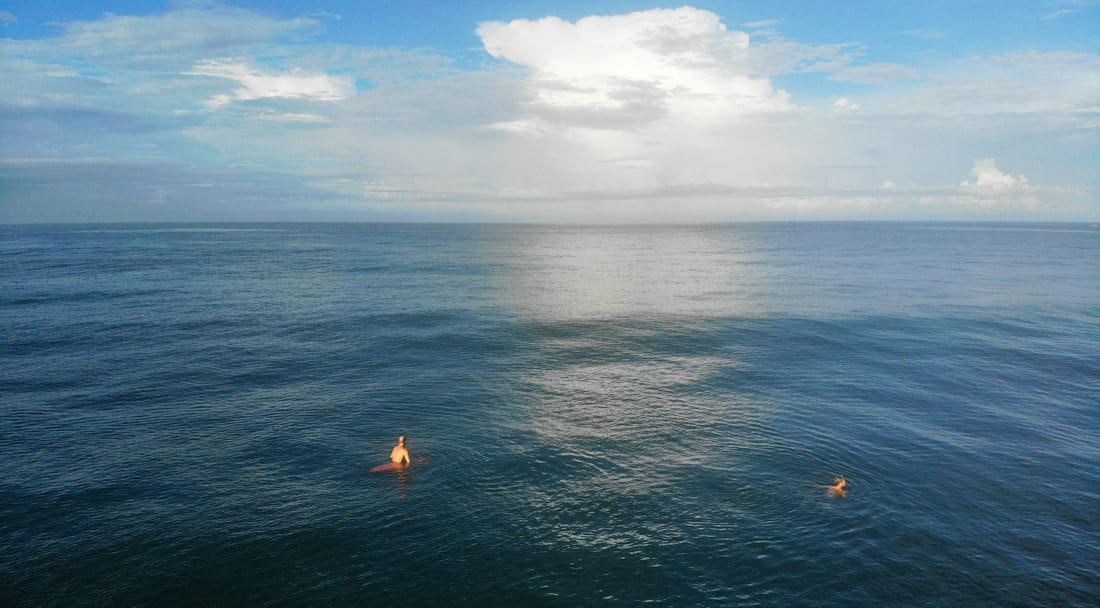
A fear of deep water
Concerns
When learning how to surf for the first time, it is important to understand that your surfboard is not a floatation device, and should not be treated as such. Although your surfboard comes equipped with an ankle leash that will keep you in close proximity to the board after a fall, there is always the possibility that your leash could break, and you will have to swim in after your board.
If you want to become a proficient surfer, then you must be a capable swimmer, or at least be able to tread water and keep yourself afloat without panicking. That being said, a qualified surf instructor should never take you out surfing in conditions that you are not comfortable with. If you are afraid of deep water, make sure to let your instructor know. They can always keep you in shallow water where you can touch the seafloor.
Advice
If you are not a strong swimmer, and you don’t have access to the ocean, then it is in your own best interest to take a couple of swim lessons in a pool to gain confidence before progressing to ocean swimming. If you do live near the ocean, then it is a good idea to practice swimming through the impact zone where the waves are crashing to get a feel for what that experience is like. You could even take a pair of swim fins with you to make the swim a little bit easier and practice treading water out past the breaking waves.
Furthermore, if you want to gain confidence and level up your ocean awareness, then learning how to bodysurf (without a board) is a great place to start. Here at Bodhi Surf + Yoga, we are now offering a two-week retreat that includes a “first-of-its-kind” week-long course on bodysurfing, before progressing to board-surfing during week two.
The reason for adding the bodysurfing portion to our standard week-long surf camp is to familiarize prospective surfers with the ocean in the simplest way possible — that is, without a surfboard. If you are someone who is hesitant about board-surfing because you lack adequate ocean knowledge and experience, then make sure to check out Bodhi Awaken: 14 Night Bodysurfing, Ocean Awareness, Surf and Yoga Retreat.
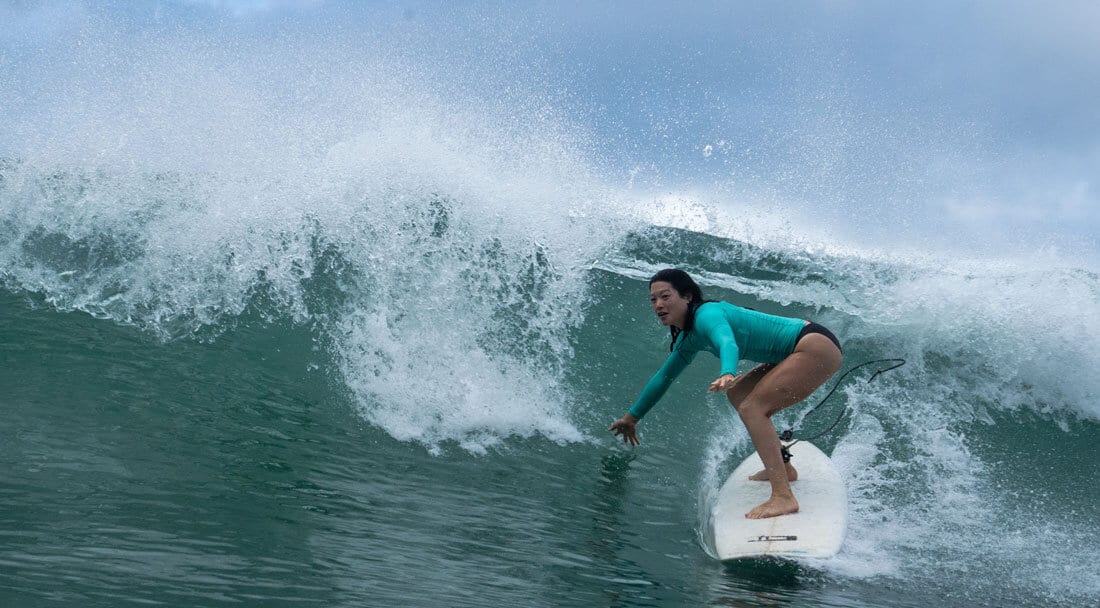
A fear of big waves
Concerns
Most of the time, it is not one’s physical capacity that limits their ability to surf bigger waves, but their fear of wiping out and finding themselves in the impact zone with more big waves bearing down on the horizon. This is typically when panic settles in (increased heart rate, shortness of breath), and the surfer has a tough time thinking clearly enough to make the right decision in this potentially dangerous situation.
All it takes is one long hold down by a big wave to turn a person away from surfing for good. So make sure you start with smaller, more manageable-size surf that is not going to ruin your experience.
Advice
Even intermediate to advanced surfers get spooked by bigger waves sometimes, so it is important that you leave your ego at the door when judging whether or not you should be in the lineup on a big day. We always advise our students to observe ocean conditions for at least fifteen minutes prior to paddling out for a surf session to gauge how big the biggest waves are going to be that day.
When you are starting out, you should be looking for waves that are no bigger than three feet on the face, and you must be able to recognize when the waves are too big for your abilities. A good surf instructor will not take his or her students out to the lineup on a day with big waves if the individual is not physically/mentally ready for the challenge.
If you get to a point in your surfing when you’re ready to take on bigger waves, the single most beneficial tool that will help you conquer your fear is to be able to control your breathing. If you can concentrate on your breathing in a panic-inducing scenario, then you will have the ability to calm yourself down and figure out how to adapt and overcome that fear.
Practicing yoga is a great way to cultivate awareness of the breath, so make sure to familiarize yourself with some Pranayama (yogic breath control) exercises before challenging yourself in bigger surf.
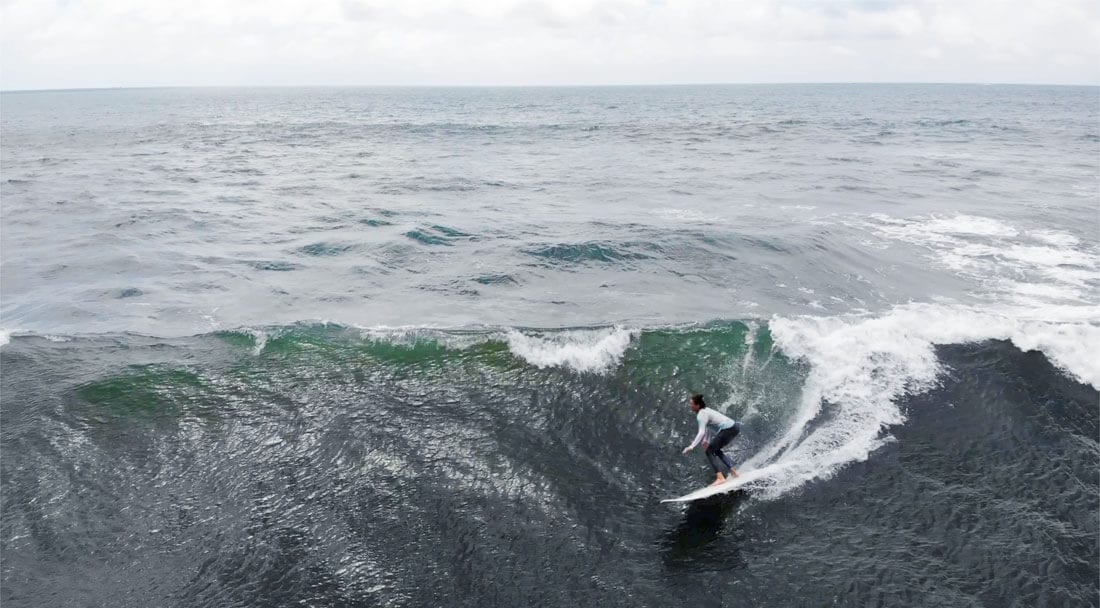
Fear of rip currents
Concerns
Rip currents typically occur when large waves bring an influx of water towards the shore. This extra water must eventually find its way back out to sea, and will travel along the deepest part of the seafloor where there is the least amount of resistance. These currents are easily identified if you know what to look for, as most currents will contain choppy, brown water as sand is being transported seaward.
According to an article published by The Tico Times, eighty percent of annual drowning deaths in Costa Rica result from people getting caught in rip currents. However, it is important to note that ninety percent of these drownings occur at just thirty of Costa Rica’s six hundred plus beaches. The smartest thing you can do is to simply avoid surfing at these dangerous beaches where rip currents are prevalent.
For more information about how to identify a rip current, make sure to read through the aforementioned article.
Advice
Strong rip currents are more prevalent at steep-sloping beaches where big waves are common, so you should be looking for a flat beach with gentle, crumbling waves when learning to surf. Anytime you arrive at a beach for a surf session, it is always a good idea to check in with the lifeguards to ask about rip currents and other potential hazards.
A good surf instructor will teach you how to identify a rip current and how to safely get out of harm’s way if/when you get caught in one. The last thing you want to do is try to fight the current and tire yourself out by resisting it. If you find yourself caught in a current that is taking you out to sea, then you must paddle your board parallel to the coast until you reach calmer waters before paddling back to shore.
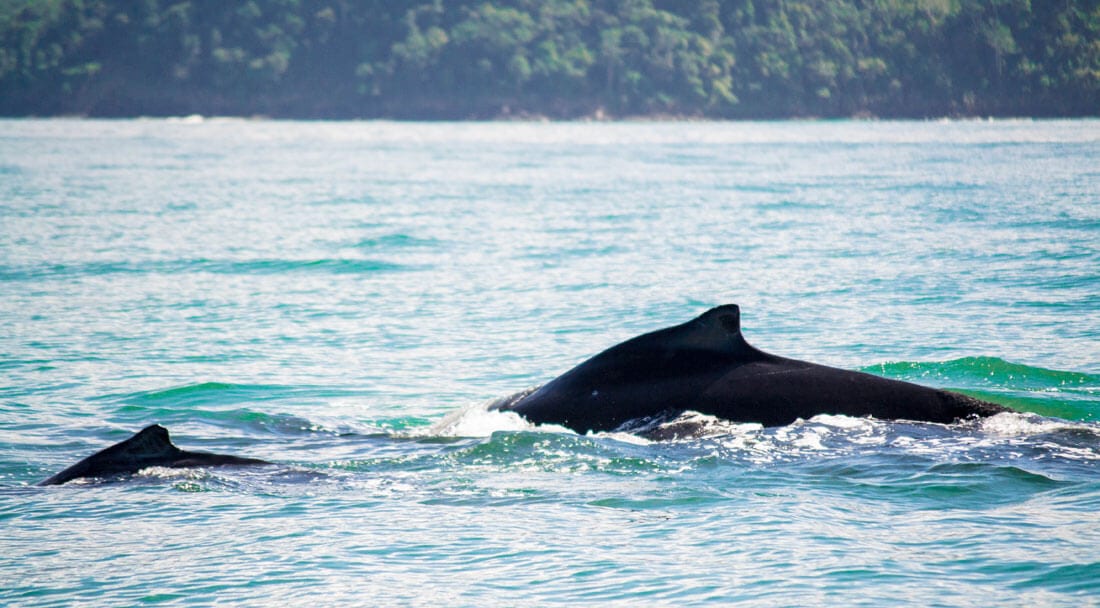
Fear of marine life
Concerns
When it comes to entering the ocean, many people fear encountering stingrays, jellyfish, sea urchins, and of course, sharks. Although you are much more likely to run into the first three members of this list than the last, the primary fear for most surfers (and many “would-be” surfers) is being attacked by a shark.
However, this fear is more a product of culture and television than a reflection of reality. The truth is, most surfers have never even seen a shark when out in the lineup, and fatal shark attacks are extremely rare.
Advice
Although shark attacks are not common, whenever one does occur it never fails to make the news and stir-up human emotions. What we need to keep in mind is that the ocean is not our domain, we do not rule it, and we are not the top predator in the water.
Surfers must be aware of and accept the risk of encountering dangerous marine life as part of the thrill of riding waves. That said, there are certain things you can do to minimize risk in specific scenarios, such as shuffling your feet when entering a beach where stingrays are present.
Here at Bodhi Surf + Yoga, your surf instructor will identify any potentially dangerous marine life before each surf session, and help keep you safe when entering the water.
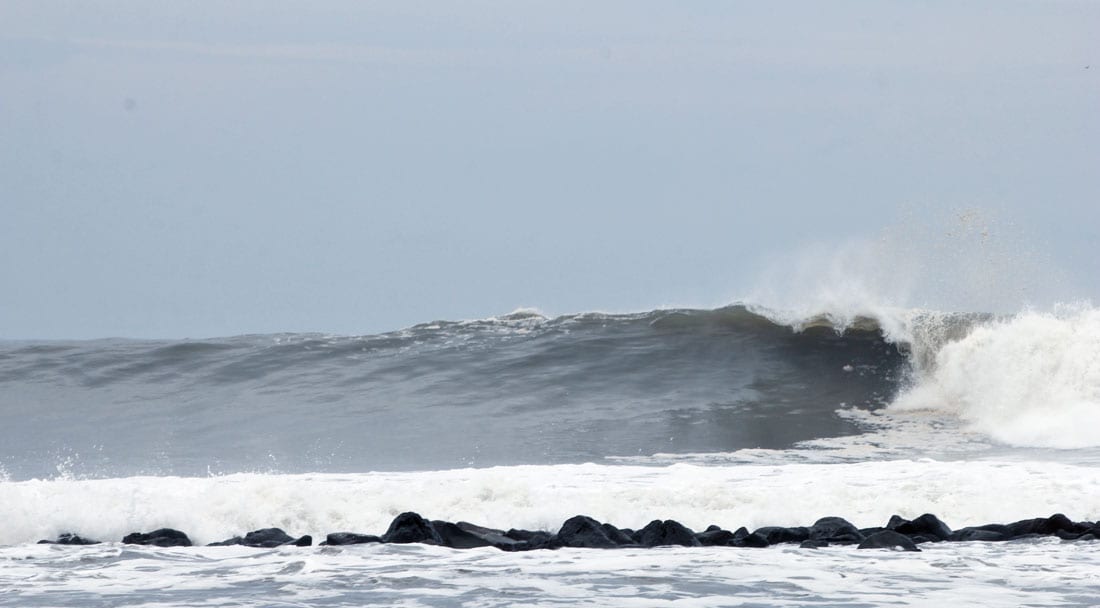
Fear of rocks or reef
Concerns
Although some of the best surf breaks in the world occur over rocks and reef, as a beginner surfer, you should always start out surfing over a sandy bottom. Many of surfing’s most severe injuries and fatalities occur at famous reef breaks like Pipeline and Teahupoo because if/when you wipeout, you are almost certainly going to land on top of shallow, jagged coral reef.
Advice
When learning to surf, you will most likely be wiping out quite frequently, so make sure that the surface you are falling on top of is at least somewhat forgiving. In other words, find a sand bottom break where you don’t have to worry about falling over rocks or reef.
Not only are beach breaks more forgiving than rock/reef breaks during a wipeout, but they also tend to be more gentle and suitable for learners. At a flat, sandy beach where there is not a steep drop-off, incoming swells experience more drag for longer periods of time, causing waves to slowly crumble, as opposed to jacking up and breaking with a lot of force.
Furthermore, most reef and point breaks only have a few (often crowded) takeoff zones, whereas beach breaks have plenty of room for surfers to spread out.
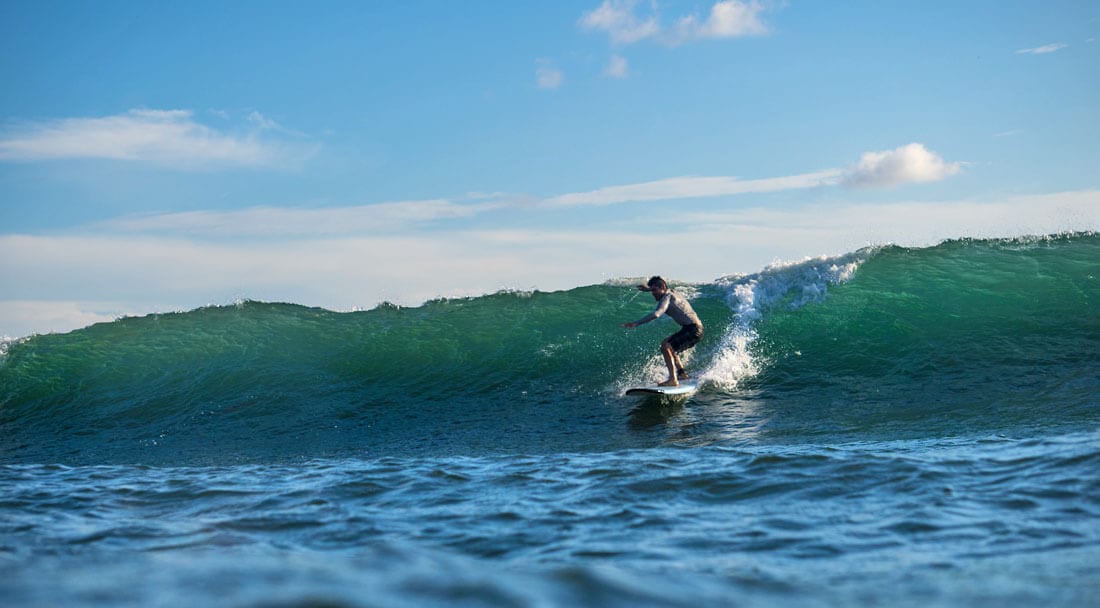
The takeaway
If you are interested in learning to surf but are afraid of the ocean, then it is crucial that you take a lesson from an experienced surf instructor who has spent a lot of time in the ocean and can teach you what to look for.
When looking for a good surf school, make sure to find instructors that are certified by the ISA (International Surf Association). They are sure to be the best trained and have the most technical knowledge about beginner surf instruction.
In addition to teaching the fundamentals of surfing, ISA certified surf instructors are also trained to discuss surf theory, including topics such as proper surf etiquette and how to identify potential hazards.
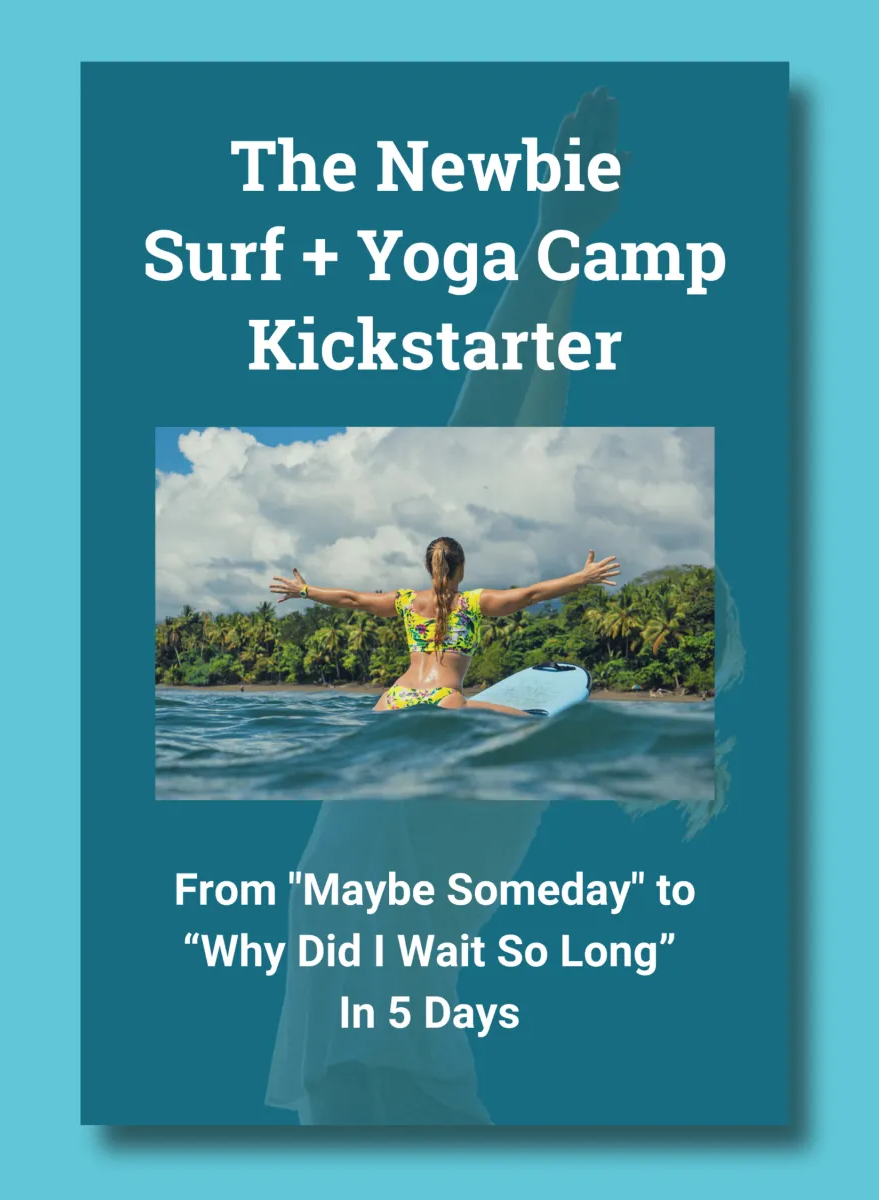
For First-Time Surfers
You Don't Need Experience. You Don't Need Gear. You Just Need This.
Our free 5-day email course that reveals the 5 myths keeping beginners at "I'm not ready" instead of catching their first wave and finding inner peace-and how to overcome them fast.
Change the heading on the Separator tab ->
Search
The Newbie Surf + Yoga Camp Kickstarter
Bust the 5 biggest myths about going to a surf and yoga camp so you can stop procrastinating and start catching waves - with our FREE 5-day email course.
Change the heading on the Separator tab ->
Most Read Blogs
What is the Meaning of Anjali Mudra?
May 27, 2020
Fitness for Surfers: Workouts, Exercises & Training
February 10, 2022
The Best Places to Eat in Uvita, Costa Rica
May 19, 2022
How to Get From SJO to Costa Ballena, Costa Rica
May 31, 2018
Change the heading on the Separator tab ->
Categories
Categories
- Bodysurfing (5)
- Food (8)
- Responsible Business (6)
- Surfing (68)
- Travel (66)
- Yoga (45)
Change the heading on the Separator tab ->
Newsletter
Thanks for subscribing! Please check your email for further instructions.
Change the heading on the Separator tab ->
Follow Us
Bodhi Surf + Yoga
Change the heading on the Separator tab ->
Read more
Small Ways to Progress Your Surfing: Paddle Power, Grip Strength, & Neck Strength
Words by Guest Post
Well folks, we’ve made it to the third and final blog of our Small Ways to Progress Your Surfing Series! This time around, we’ll be focusing on things like: If you’re new…
Small Ways to Progress Your Surfing: Mastering the Pop Up
Words by Guest Post
Welcome back to our three part series on Small Ways to Progress Your Surfing. In the first blog, we explored: This time around in the second blog of the series, we’ll be…
5 Reasons Why a Surf + Yoga Retreat Should Be Your Next Big Bucket List Adventure
Words by Travis
If you’re reading this, chances are you’re experiencing a little restlessness. You’ve scrolled past the passive beach vacations and you know, deep down, that your next trip needs to be different. It…

